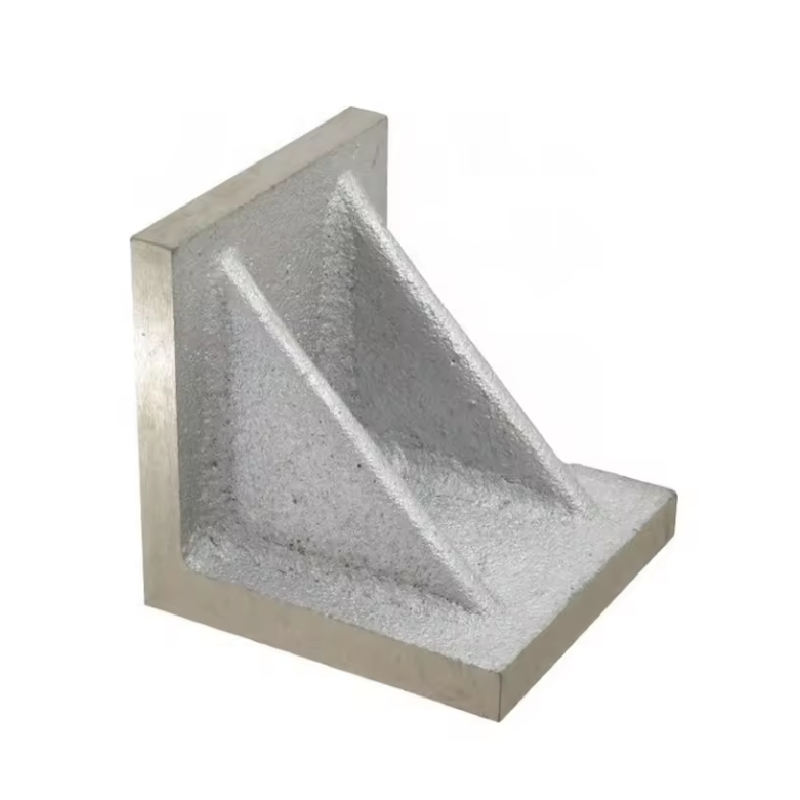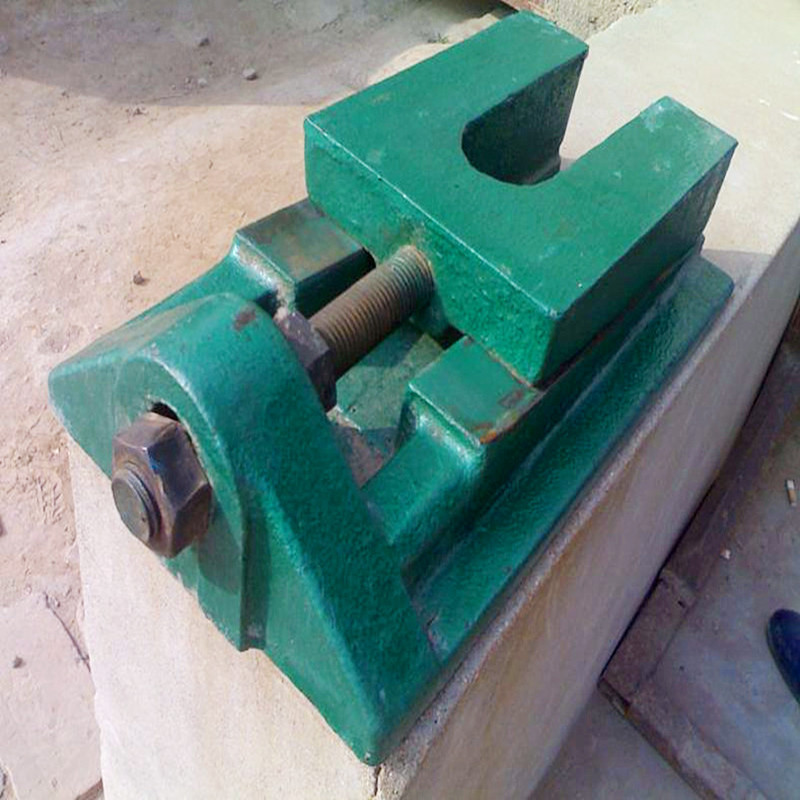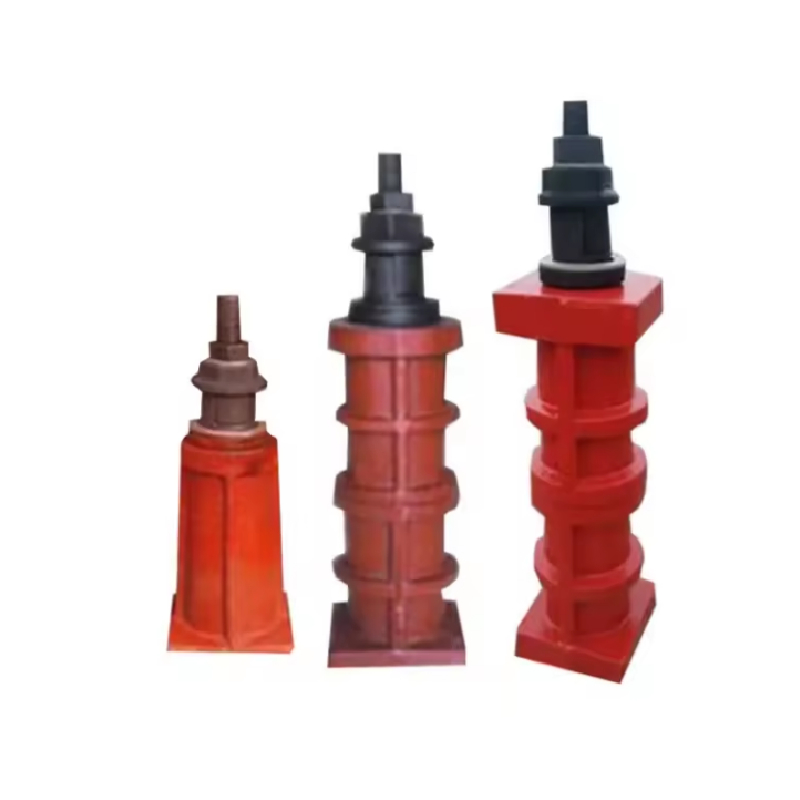Th7 . 07, 2025 11:15 Trở lại danh sách
Importance of Routine Inspections for Ball Type Check Valves
In industrial fluid systems, the reliability of ball check valves is crucial for maintaining unidirectional flow and preventing backflow. Ball check valves, including ball type check valves and 2 inch ball check valves from Storaen (Cangzhou) International Trading Co., play a vital role in ensuring system efficiency and safety.

Understanding the Ball Check Valve
- A ball check valve is a key component in fluid systems, designed to allow flow in one direction and prevent reverse flow. Storaen (Cangzhou) International Trading Co. manufactures ball check valves with quality materials like ductile iron QT450 - 10, ensuring durability. These valves are suitable for various media such as water, gas, and oil, operating within a temperature range of 0 - 80°C and pressure of PN10/16. The flange ends connection provides a secure attachment to pipelines. Wholesalers can explain to clients that the basic working principle involves a ball - shaped element that moves to open with forward flow and closes to block reverse flow, safeguarding downstream equipment from potential damage.
- The design ofball check valves from Storaen (Cangzhou) International Trading Co. makes them reliable for industrial applications. However, like any mechanical component, they are subject to wear and tear over time. Routine inspections are essential to detect early signs of issues that could affect their performance, such as wear on the ball or seat, corrosion, or debris accumulation.
Significance of Ball Type Check Valve Routine Inspections
- Routine inspections of ball type check valveshelp maintain system efficiency. Over time, debris in the media can accumulate around the ball or in the valve body, causing blockages or interfering with the ball's movement. Inspections allow for the removal of such debris, ensuring the valve opens and closes smoothly, which in turn maintains the desired flow rate. For example, in a water supply system, a blocked ball type check valve could lead to reduced water pressure or inconsistent flow, affecting the entire system's performance.
- Inspections also play a crucial role in preventing leaks. The flange connections of ball type check valvescan loosen over time due to vibrations or pressure changes. Routine checks enable the identification and tightening of loose flanges, preventing leaks that could lead to fluid loss, environmental contamination, or safety hazards. Additionally, inspecting the valve body for signs of corrosion, especially in media - exposed areas, helps in timely replacement or repair, ensuring the valve's integrity.
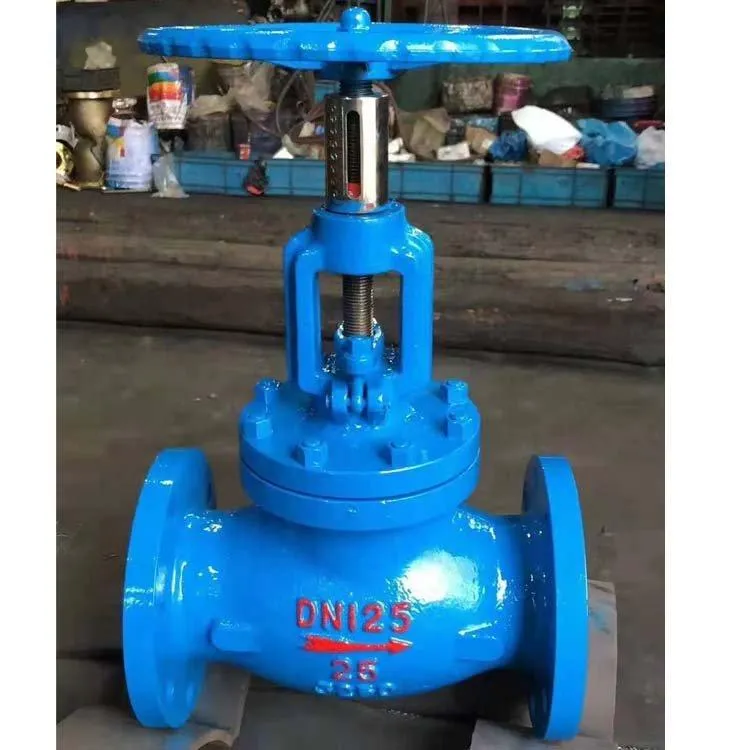
Focus on 2 Inch Ball Check Valve Inspections
- For 2 inch ball check valves, which are commonly used in specific pipeline configurations, routine inspections have unique aspects. The port size of DN150 (equivalent to 6 inches, not 2 inches; perhaps a specification adjustment needed if referring to 2 - inch, but following given table for now) means they handle a certain volume of fluid. Inspections should focus on the ball's movement within this size - specific valve body. Any misalignment or wear of the ball can lead to improper sealing, resulting in backflow.
- The material of ductile iron QT450 - 10 in 2 inch ball check valvesfrom Storaen (Cangzhou) International Trading Co. provides strength, but it can still be affected by corrosive media over time. Routine inspections include checking for signs of material degradation, such as pitting or thinning of the valve body. This proactive approach helps in replacing the valve before it fails, avoiding costly system downtime.
Key Inspection Steps for Ball Check Valves
- Visual Inspection: Start with a visual check of the ball check valvefor any obvious signs of damage, such as cracks in the valve body, leaks around the flange connections, or visible wear on the ball. This initial step can quickly identify major issues that need immediate attention.
- Functionality Testing: Test the valve's operation by simulating flow conditions. Ensure the ball moves freely to open with forward pressure and closes tightly to prevent backflow. Forball check valves in a system, this may involve isolating the valve and applying pressure to check its response.
- Internal Component Check: Periodically, disassemble the ball check valve(following manufacturer guidelines) to inspect internal components like the ball, seat, and springs. Look for wear, corrosion, or damage that could affect performance. Clean any debris found inside the valve body to ensure smooth operation.
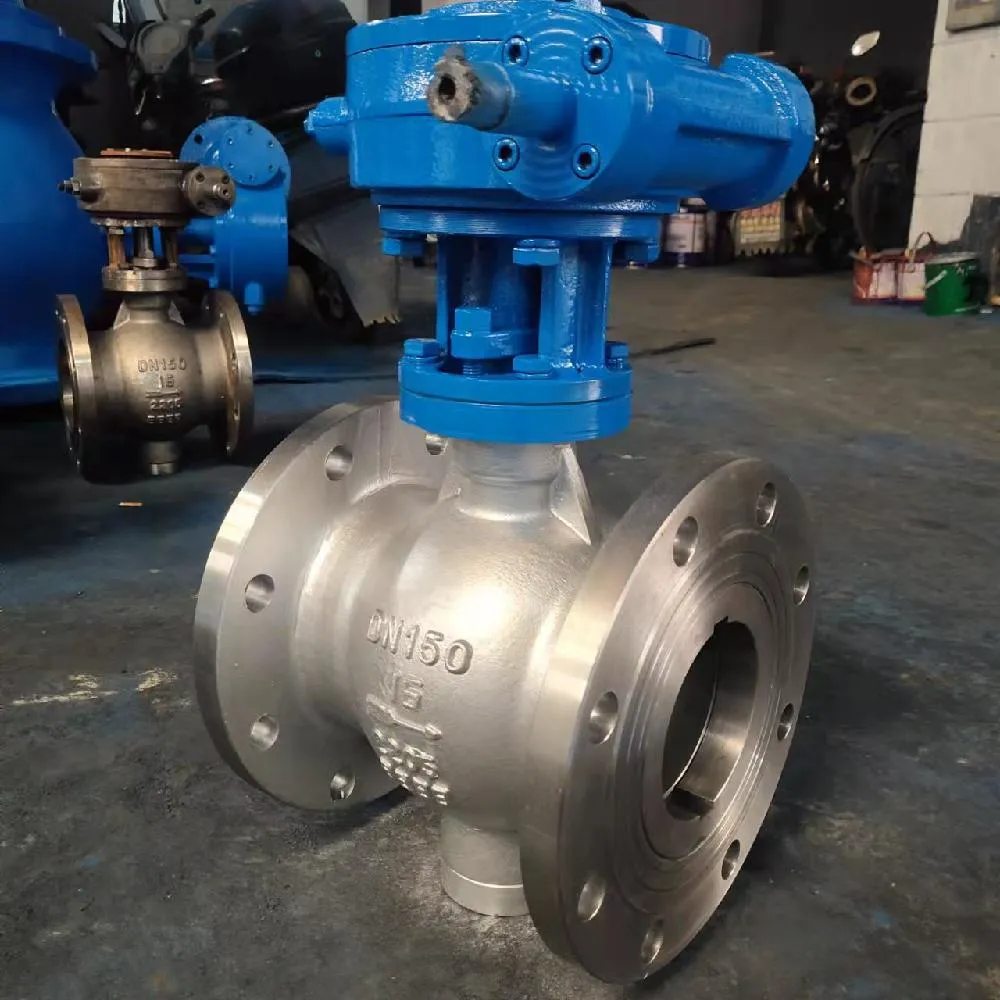
Ball Check Valve FAQS
Why are routine inspections important for a ball check valve?
Routine inspections of a ball check valve from Storaen (Cangzhou) International Trading Co. are important to maintain system efficiency, prevent leaks, and detect wear or damage early. They ensure the valve operates as intended, protecting downstream equipment and avoiding costly system failures.
What should be checked during a ball type check valve inspection?
During a ball type check valve inspection, check for visible damage, test functionality, inspect internal components for wear/corrosion, and ensure flange connections are tight. This comprehensive check helps maintain valve performance.
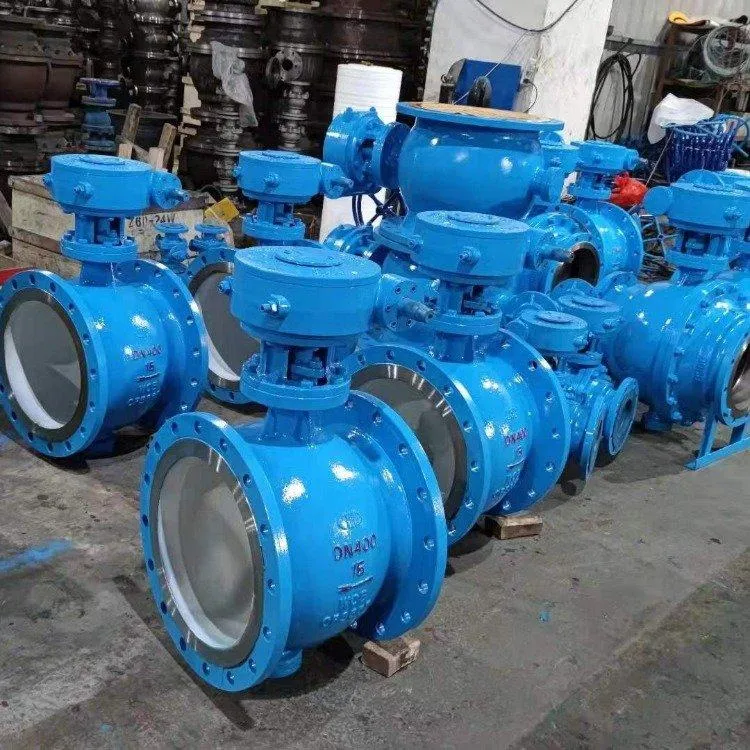
How does a 2 inch ball check valve differ in inspection from other sizes?
A 2 inch ball check valve may require more focus on the ball's movement within its specific size body and checking for material degradation based on its application. The port size and media handling can impact wear patterns, so inspections are tailored to these factors.
Can routine inspections extend the life of a ball check valve?
Yes, routine inspections can extend the life of a ball check valve by detecting and addressing issues early, preventing further damage, and ensuring proper maintenance. This proactive approach maximizes the valve's lifespan and reliability.
What happens if a ball check valve fails due to lack of inspection?
If a ball check valve fails due to lack of inspection, it can cause backflow, leading to damage to downstream equipment, leaks, fluid loss, and potential safety hazards. It can also result in costly system downtime for repairs and replacements.
-
thread-plug-gauge-our-promise-of-measurement-excellenceTin tứcAug.22,2025
-
gauge-pin-class-reflecting-quality-legacyTin tứcAug.22,2025
-
check-valve-types-for-high-rise-buildingsTin tứcAug.22,2025
-
water-control-valve-for-irrigation-systemsTin tứcAug.22,2025
-
gate-valve-with-soft-seal-technologyTin tứcAug.22,2025
-
y-type-strainer-for-oil-and-gas-applicationsTin tứcAug.22,2025
Những sảm phẩm tương tự




